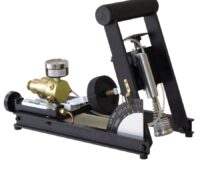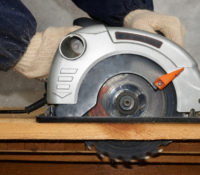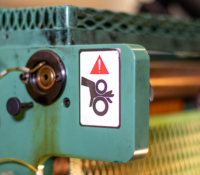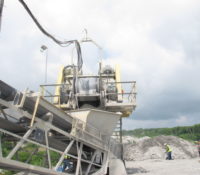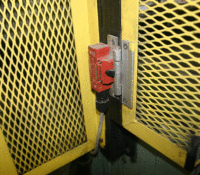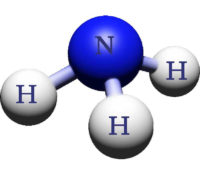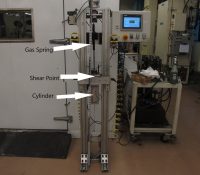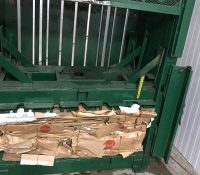Surprise Slip and Slides
Falls were the number one cause of preventable non-fatal injuries and the number two cause of preventable deaths in the US in 2019 (CDC and NEISS data). Slip and falls occur when there is an unexpected loss of traction between a person’s foot and the walking surface. Slip and falls are common and can occur in any setting where people walk, including homes, workplaces, and public areas. Slip and falls can result in serious injuries, particularly for older adults.
The human gait cycle consists of four phases: Read More



